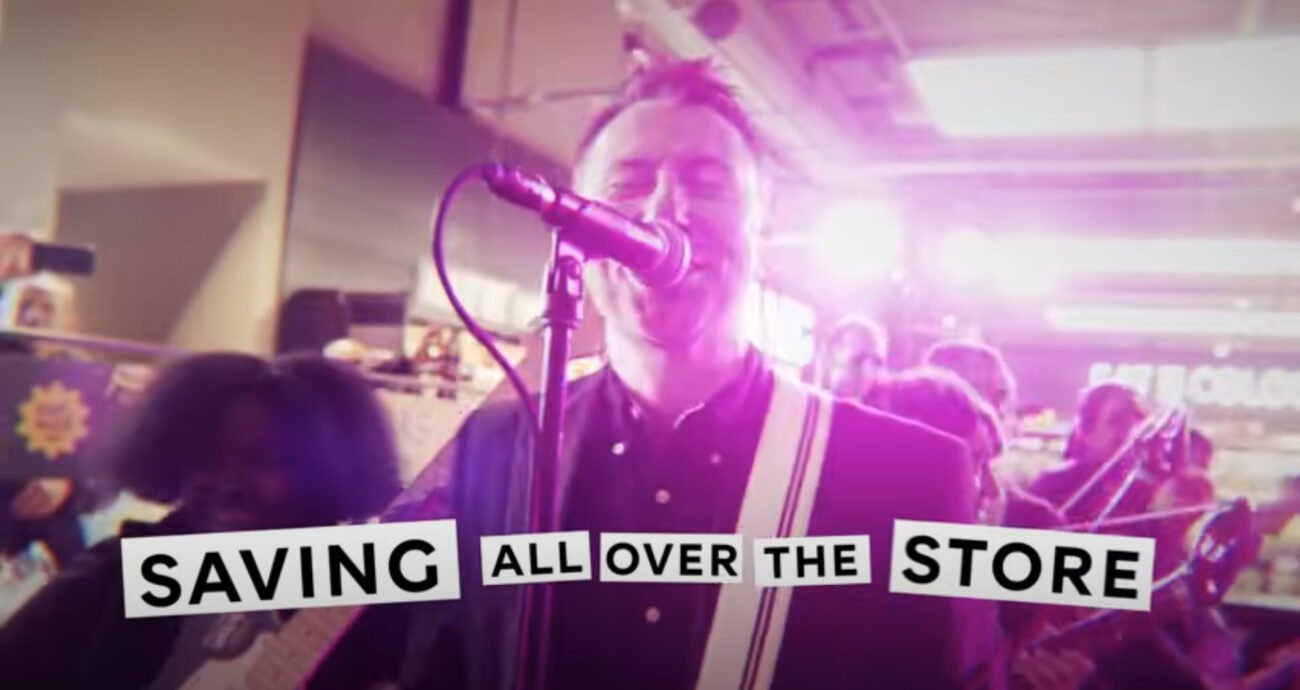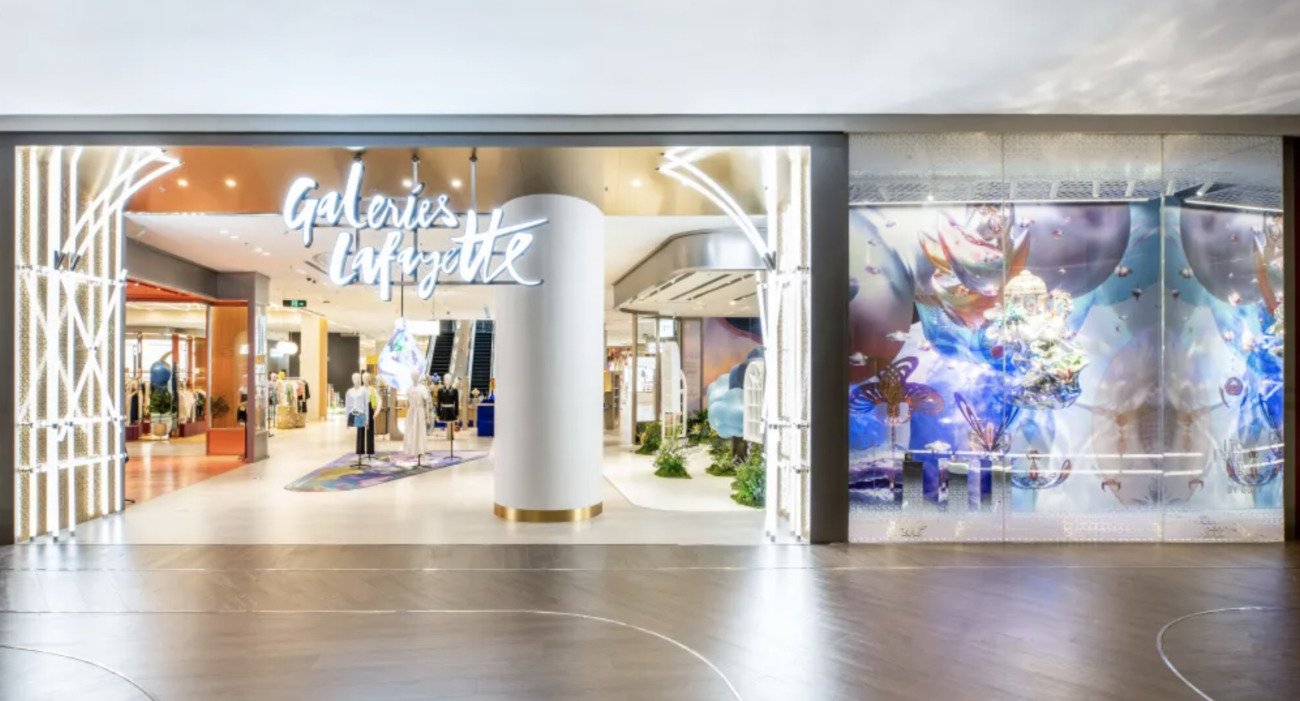Keeping It Real With Gen Z And Millennials
From normalising discussions around mental health to embracing imperfection in a post Insta-perfect media landscape, the continuously transforming perspectives of millennials and Gen Zers on crucial issues are radically redefining brand-consumer relations. In a retail landscape

From normalising discussions around mental health to embracing imperfection in a post Insta-perfect media landscape, the continuously transforming perspectives of millennials and Gen Zers on crucial issues are radically redefining brand-consumer relations.
In a retail landscape saturated with attempts at authenticity, what can set brands apart in the minds of these influential younger consumers? The ability to demonstrate realistic imperfection, be open to discussions of mental health and engage in activism without a veneer of false positivity.
The challenges facing Millennials and Gen Z have no easy solution. From social media overload to perpetual bad news updates to rising mental health struggles, these issues have wide-ranging consequences that influence all aspects of the day-to-day lives of young people. In this piece, PSFK evaluates how these three challenges in particular are transforming the way a new generation of consumers chooses and interacts with brands.
Rejecting Perfection
Coming of age in the Instagram era, today’s teens and young adults have been instilled with a unique, digitally native brand of image-consciousness. As a reaction to the perfectly polished, highly aspirational image that many brands and influencers have projected online, many younger consumers are now taking a rawer approach to personal identity and self-expression that is more similar to real life.
Younger people are challenging these impossible standards with art, selfies, and even advertising that offers a less filtered perspective. In fact, 72% of consumers said they would unfollow an influencer over disingenuous endorsements, and 69% over the promotion of an unrealistic or misrepresented lifestyle, according to a survey by influencer marketing service Takumi.
A new vanguard of photographers, including Sharna Osbourne, Brianna Capozzi and Sandy Kim, is capturing fashion imagery that is at once real as well as nostalgic for a time before filters and FaceTune. In addition, the popularity of apps like Huji Cam and even rising interest in analog photography show an interest in imagery that at least appears to be candid. Elsewhere on social media, YouTubers like Emma Chamberlain, Karina Irby, and Margot Lee offer a lifestyle that is easier to identify with than the stereotypical curated influencer content, often uploading day-in-the-life videos.
It’s no surprise that Gen Z’s idea of rebellion is to counter the “Instagram aesthetic” popularised by Millennial influencers. But swinging from one extreme to another is, of course, how trends tend to work. Although this iteration of “authenticity” may drive social media users to prefer seemingly unedited Instagram Stories or YouTube videos, it will continue to evolve as technology and consumer behaviour does, too.
Normalising Mental Health Issues
Young people today are faced with political turmoil, climate crises, economic instability, fear of violence in public spaces and an intense pressure to achieve. With the panopticon of comparison that social media adds to the social lives of young people, it’s no wonder that Millennials and Gen Z are estimated to be more depressed and anxious than their predecessors. The Journal of Pediatrics estimates that the number of teens diagnosed with clinical depression rose 37% between 2005 and 2014. The CDC estimates that at least 16% of young people have considered suicide in a given year. According to the National Alliance on Mental Illness, only 30% of African-American adults receive necessary mental health treatment each year, compared to the U.S. average of 43%.
In reaction to these mounting mental health issues, young people are combating stigmas and redefining what once might have been considered flaws, opening up about their struggles and finding support among their peers. Speaking to the Atlantic, Lynsey Eaton, co-founder of the influencer-marketing agency Estate Five, mused that “people are just looking for things they can relate to.” Nowadays, “the pink wall and avocado toast are just not what people are stopping at anymore.”
Conversations around mental health, ranging from serious public health initiatives and celebrity testimonials to Twitter jokes, support young people by normalising common struggles. They are becoming more comfortable opening up about their own journeys, educating peers about the realities of living with mental illness.
Pop stars such as 17-year-old Billie Eilish have opened up about struggles with mental health. Rappers like Kanye West, Kid Cudi and Meek Mill are doing the important work of welcoming young men of colour into a conversation that has often seemed to exclude them. Musician Summer Walker has been upfront about the ways in which her anxiety manifests during performances. Following admissions of depression and anxiety from basketball stars like Kevin Love and DeMar DeRozan, new NBA guidelines for 2019 require all teams to have mental health professionals on their medical staff.
Nihilism As Activism
The internet’s near constant stream of bad news has in many ways stripped young people of youthful innocence and optimism. In a survey of millennials and Gen Z, Deloitte found that only 26% of respondents globally expect economic conditions in their countries to rally in the coming year—a significant decrease from 45% the year before. In a Yale study, across the political spectrum, 37% of Millennials said they would be willing to contact politicians about climate change, compared with 30% of Baby Boomers, and 38% said they’d consider volunteering for a group focused on the issue, compared with a little over a quarter of Boomers.
By consequence, a preternatural jadedness often expresses itself in a preference among younger consumers for irony, dark humour, and candour about fear. In a New Yorker piece from 2018, one teenager put it bluntly: “Everything we do is like Tide Pods. Everyone in this generation is semi-ironically, like, ‘We’re ready to die.’”
Indeed, in shaking off the forced positivity of the first generation of social media influencers, youth culture has adopted a uniquely ironic tone that may confuse or surprise those who don’t spend all day on the internet. Accepting that we very well might live to see the end of civilization as we know it, or that nothing really matters—and choosing to laugh—is about as real as it gets. Unlike Gen X’s much-maligned apathy of the 1990s, however, this new cultural sentiment fuels outrage and activism against the injustice many young people feel. This frustration manifests everywhere, from memes to merch; “ok boomer” has become Gen Z’s unofficial catchphrase.
Perhaps the best example of this attitude is embodied by teenage climate change activist Greta Thunberg, whose powerful words taking on the political establishment’s refusal to protect the environment for future generations. “We are in the beginning of a mass extinction and all you can talk about is money and fairytales of eternal economic growth,” she bellowed at the UN. “How dare you!“
How Brands Are Responding
This audience, generally more savvy and distrustful consumers than their predecessors, is in the driver’s seat—they make the rules about how they want to interact with brands. Young people can recognise that brand communications are often just marketing ploys, and will reject brands whose efforts at “authenticity” they view as contrived and pandering.
These three traits—authenticity, candour and cynicism—are difficult to leverage as a retailer, and the results can often be disastrous. But it’s not impossible, as long as brands are willing to commit fully. There are a few key ways to do this, each appealing to a different set of these values.
One way brands can help relieve the image-obsessed pressure on young people is by featuring un-retouched and raw imagery, with casting that is inclusive and more reflective of real life—without looking like a hollow representation checklist.
- Makeup brands Glossier and Sephora have started celebrating new types of identities and beauty standards in their advertising, featuring people like disabled, trans model Aaron Philip.
- American Eagle and Aerie have come back into prominence partly by entirely banning digital retouching in their ads.
Meanwhile, the success of streetwear brand Madhappy is a testament to the power of honesty around mental health.
- Created by twenty-something Noah Raf, who struggled with his own mental health, the brand has cultivated a supportive community around it by inviting customers to share their own experiences and join them at events like expert panels and meditation workshops. In what is perhaps the most literal co-sign imaginable from the fashion establishment, Madhappy received a sizable investment from LVMH Luxury Ventures in October 2019.
- Ban.do, a popular clothing and accessories site among young shoppers, sells a line of necklaces emblazoned with words like “anxiety” and “depression,” helping elevate the image of mental health struggles. And instead of keeping the money, the company donated 100% of the proceeds to the nonprofit Bring Change to Mind.
A 2018 study by WP Engine found that 69% of Gen Z consumers are more likely to buy from a company that contributes to social causes, while 33% have stopped buying from those with values different from their own. Brands that make real social impact, then, are much more likely to attract and retain young consumers.
- Clothing retailers like Madewell, Noah and EVERYBODY.WORLD have made inroads with shoppers thanks to their environmentally friendly models and programs. Shoe brand Allbirds even imposes an internal carbon tax.
- REI is particularly well-positioned to capture the interest of eco-conscious people, using initiatives that prove the company’s commitment to making change and investing in the future. Their #OptOutside campaign, which closes all stores on Black Friday and encourages customers and staff to spend the day outside instead, has been one successful example. Now, the company is taking things even further by aiming for no-waste operations, a robust reuse and repair program and stores that act as base camps for outdoor exploration.
While saying the right thing is table stakes, taking the next step and actually making change is becoming a differentiator. Companies can act as platforms to help their audiences take meaningful action.
- The Body Shop is turning its stores into “activist hubs,” allowing customers to refill old containers and take social action during their visits.
- Patagonia opened a pop-up café in London that doubled as an education and activism centre, helping its customers get involved with environmental causes.
The consequences of stasis can be dire. Just weeks ago, young consumers felled a brand once thought to be a juggernaut: Forever 21. Millennials and Gen Z rejected the mega-chain largely due to its refusal to change with the times. Its messaging on social media in ads emphasised and airbrushed version of beauty, and unlike competitors like Zara and H&M, it had done no significant work on its environmental toll. Now, Forever 21 is bankrupt.
Let’s be honest: Young consumers will always be skeptical of brands. Coming of age in the aftermath of the 2008 financial crisis and raised on the impossibly perfect standards of social media, many have an innate desire to shape the world in a better image. Now, they trust brands that are leading that charge. Gen Z and Millennials have made their power known and now it’s up to brands to adapt to them, and possibly make the world a better place in the process.
Via PSFK
 English
English





